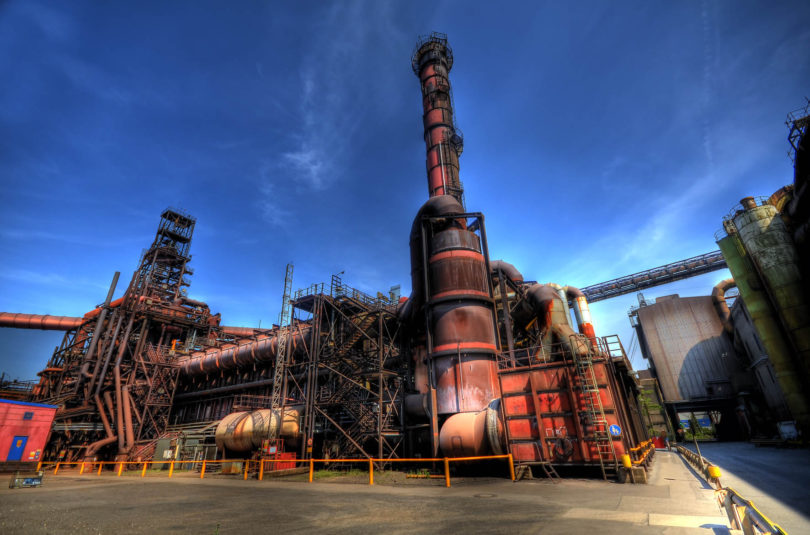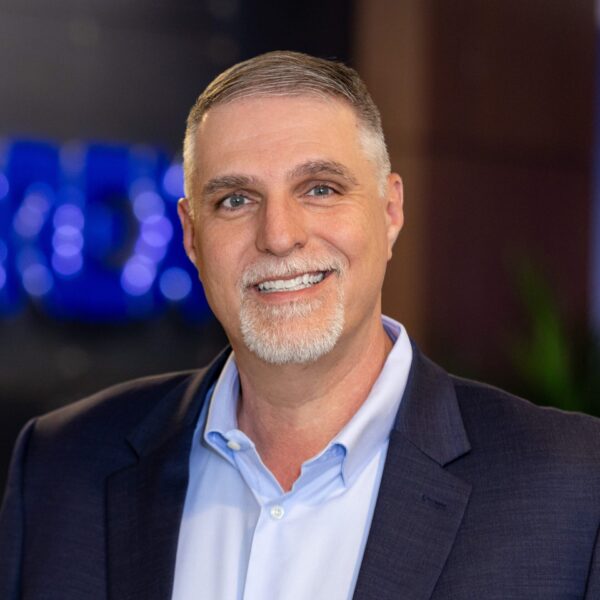Making the Most of Momentum

2021 was a good year for Midrex despite various global social and corporate challenges, particularly those related to COVID.
It is likely that each of us has been touched in some way by COVID, and we must reflect on these experiences to gain insight about how better to love and serve one another.
I have been involved in the direct reduction business since 1987 and can confidently say that no other time in my experience has shown more promise for our industry than today. It is being driven by the realization that we must reduce carbon dioxide (CO2) emissions in iron and steel production.
In my early days, I remember our marketing team working to establish an identity for DRI as something more than a means to keep scrap prices “under control.” We saw DRI as a complement to scrap, a source of low residual iron units to use with scrap that would allow the electric arc furnace (EAF) to compete with traditional integrated iron and steelmaking (blast furnace/basic oxygen furnace) to produce higher grade steel products. Today, more than 70 percent of all steel made in the US is by EAFs, and that includes all grades.
Part of the “why use DRI” story always has been lower CO2 emissions when compared to the BF/BOF route. But it has only become mainstream since decarbonization of steelmaking became the industry focus. Even traditional integrated steel producers are looking to charge DRI in hot briquetted form (HBI) as a way to sustain their operations while reducing CO2 emissions.
The International Energy Agency (IEA) forecasts an increase of almost 300 million tons of DRI production in the next 30 years (115 million tons in 2019 to 411 million tons in 2050), and momentum to secure low CO2 DRI is already building. For example, Midrex signed three major plant contracts in 2021 totaling approximately 6.5% of the 2020 global DRI production. Even so, there’s a long way to go to reach annual production of 400 Mt.
I am very proud of the way Midrex has responded to the call to decarbonize steel production. It starts with how we view what we do. We want all of our teammates to be engaged in “innovation engineering” as we build a technology platform that offers flexible energy and iron ore options to move into hydrogen-based ironmaking at the client’s pace. Finding affordable green energy or places to sequester CO2 is going to be difficult in the near term and that’s why we give our clients the flexibility to determine their pace of change: start with MIDREX H2™ using 100% hydrogen where green electricity is available or start with MIDREX NG™, capture and store CO2, and easily transition to hydrogen over time utilizing MIDREX NG with H2 addition.
There also will be challenges finding high-Fe iron ore at affordable prices as the market surges towards DRI. Referring to high-Fe iron ore as “DR-grade” is a misnomer because MIDREX® Plants have processed many commercially available iron oxide pellets and lump ores having low-Fe (62-65%). The primary reason DR plants use high-Fe iron ore is because of increased slag volumes and yield losses in the EAF – so high-Fe iron ores really should be classified as EAF-grade.
We are working with our owner, Kobe Steel, Ltd., and other leading steel industry engineering and equipment suppliers to help develop a more efficient melter to utilize DRI produced from low-Fe iron ore sources. In addition, we are creating a hot briquetted product specifically for use in blast furnaces that also makes use of low-Fe iron ores.
Midrex is well-positioned as we enter 2022, with a business model that takes the long view on products and services and focuses on the further development of green iron and steelmaking anchored by a corporate commitment to the growth and empowerment of our teammates. The world’s oldest form of ironmaking, direct reduction, could be the steel industry’s route to a sustainable future and Midrex has the momentum and right technology to lead the way.

